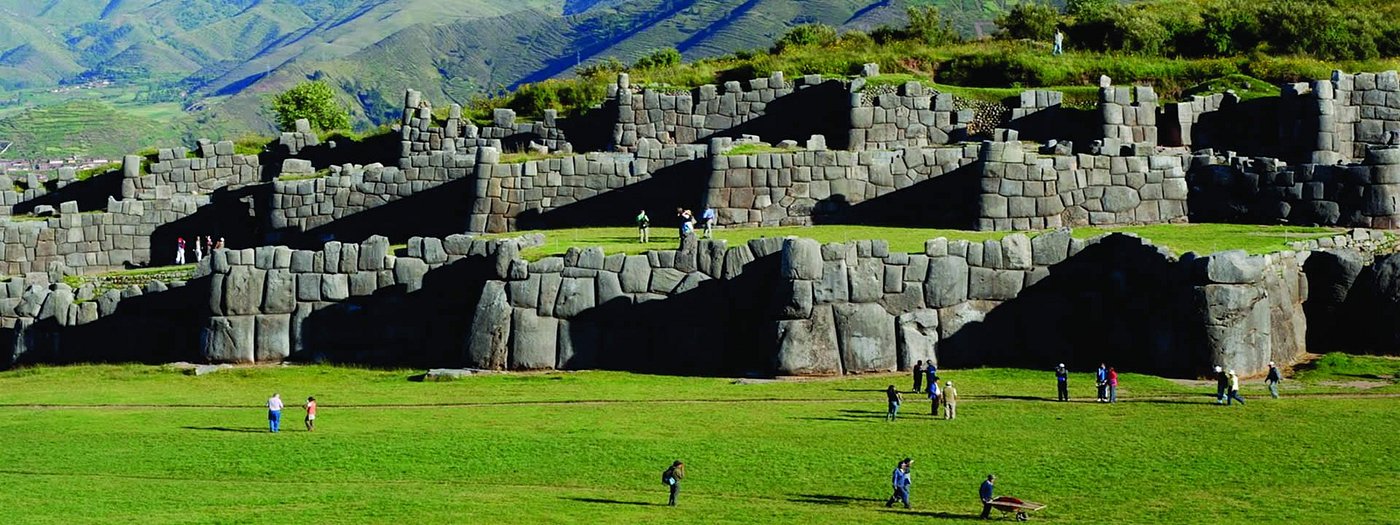Introduction
Throughout history, stone has been humanity’s most durable canvas — a silent storyteller across millennia. From the colossal walls of Sacsayhuamán to the hieroglyphic inscriptions of Egypt and the cosmic carvings of Gobekli Tepe, we encounter ancient knowledge carved in stone that speaks of mathematics, astronomy, and engineering far beyond what conventional timelines allow. Could these monuments be remnants of a civilization more advanced — or at least more aware — than we assume?
Messages Etched in Eternity
The deliberate precision of many ancient structures continues to puzzle modern engineers. Polygonal walls in Peru fit together with such perfection that even a sheet of paper can’t slide between the stones. In Egypt, the smoothness of certain granite surfaces rivals modern machining.
Were these feats simply a result of patient craftsmanship, or might they represent a legacy of knowledge lost after ancient cataclysms — a forgotten science of resonance, energy, and geometry?
Many of these sites share recurring motifs — serpents, spirals, and celestial alignments — suggesting a shared understanding of the universe. It’s as though the builders of distant continents were guided by the same cosmic language.
Carvings, Codes, and Cosmic Alignments
From Gobekli Tepe’s animal reliefs to Angkor Wat’s precise celestial orientation, these carvings often double as astronomical maps. Inscriptions from Mesoamerica describe stellar cycles and catastrophic events, echoing similar accounts from ancient Egypt and Mesopotamia.
Was this symbolic overlap mere coincidence — or the fingerprint of a once-global exchange of knowledge that predates our recorded history?
Researchers like Robert Bauval have shown how the Pyramids of Giza mirror the Belt of Orion, a pattern echoed in other megalithic sites worldwide. Could this reflect a deliberate effort to embed star knowledge into stone, preserving a celestial legacy meant to outlive civilizations themselves?
The Role of Cataclysms in Erasing Knowledge
Time and disaster have not been kind to human memory. The burning of libraries — from Alexandria to Nalanda — erased countless records of ancient thought. Meanwhile, cataclysmic events like the Younger Dryas reshaped continents, raising sea levels and erasing coastal settlements that may once have been centers of knowledge.
If so much could be lost, what hidden chapters of human history might still lie beneath the oceans or buried under layers of silt and ash?
Stone as a Universal Archive
Across cultures, stone seems chosen as a medium of permanence — a means of transmitting knowledge across cycles of destruction and renewal. The Inca, Egyptians, and Hittites alike encoded stories, mathematical ratios, and sacred geometry in their stonework.
-
The Great Pyramid’s proportions encode pi and the golden ratio.
-
The Maya tracked Venus and eclipse cycles with astonishing precision.
-
Indian temples like Konark’s Sun Temple represent solar mechanics in sculpture form.
These are not random decorations — they are codified systems of knowledge. The ancients seemed to anticipate that civilizations rise and fall, but stone endures.
Could We Be Missing the Message?
If we view ancient sites merely as “primitive attempts at art,” we risk missing their real purpose — a transmission of science, spirituality, and cosmic understanding.
Perhaps what we call “mythology” is not fantasy but memory — distorted echoes of eras when humans grasped the forces of sound, magnetism, and celestial mechanics in ways we’ve only begun to rediscover.
Could the ancient knowledge carved in stone be more than history? Could it be a message — a call to remember?
Inquisitive Conclusion
Our planet itself is a library. From megaliths to forgotten temples, each stone may hold data written in geometry, alignment, and myth. As modern technology allows us to scan, map, and decode these ancient records, one question remains open:
What if the history of mankind is not a straight line of progress — but a cycle of awakening, loss, and rediscovery?
Additional readings
- Lost Civilizations After Ancient Cataclysms
-
Graham Hancock — Magicians of the Gods
-
Robert Bauval & Adrian Gilbert — The Orion Mystery
-
Robert Schoch — Forgotten Civilization: The Role of Solar Outbursts in Our Past and Future
-
John Anthony West — Serpent in the Sky






